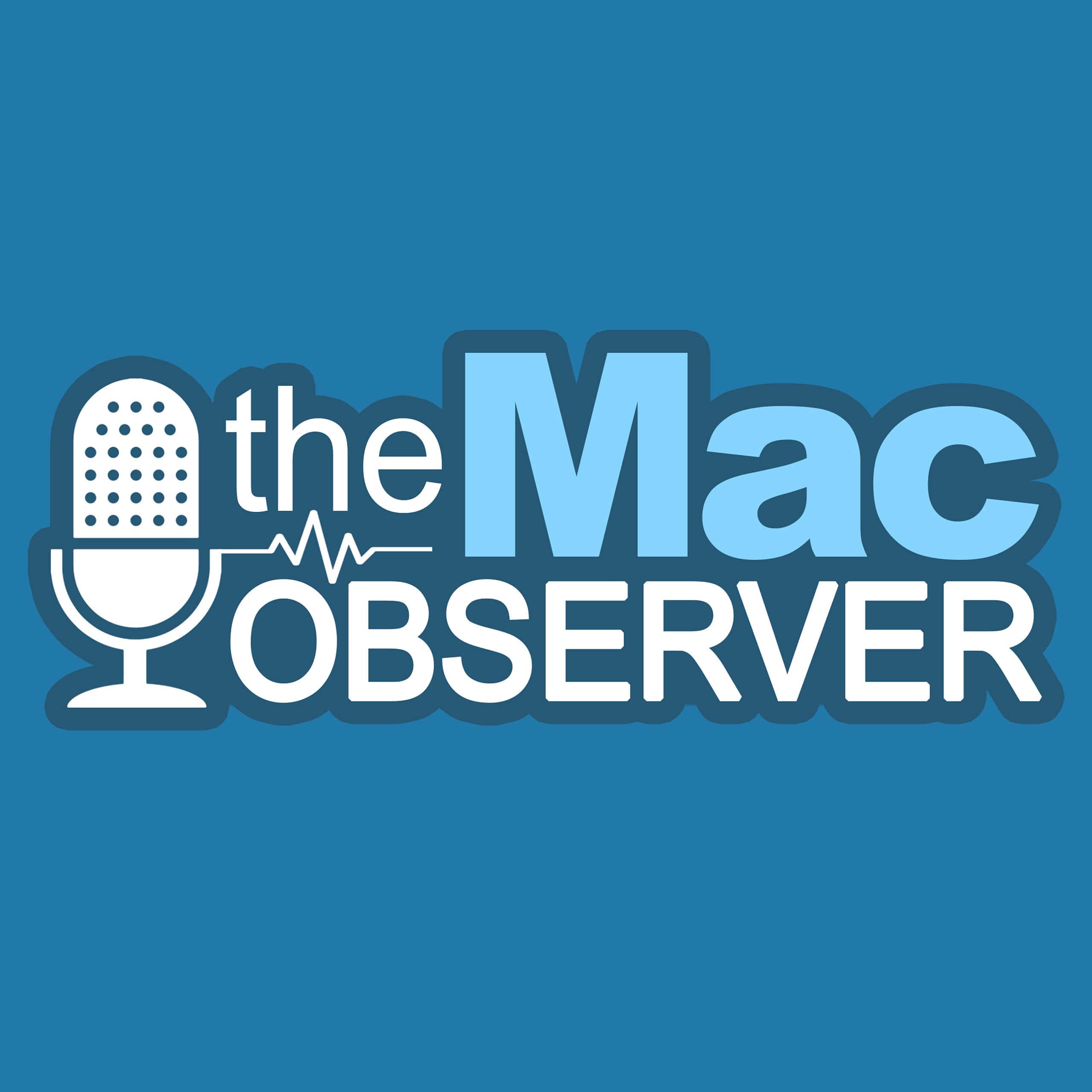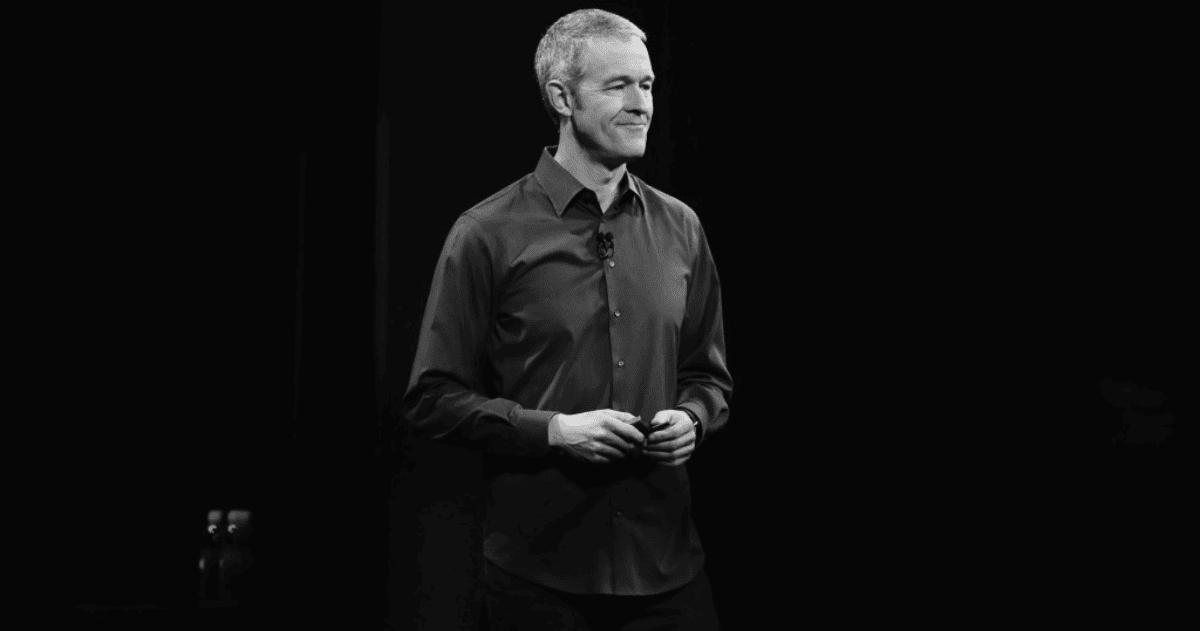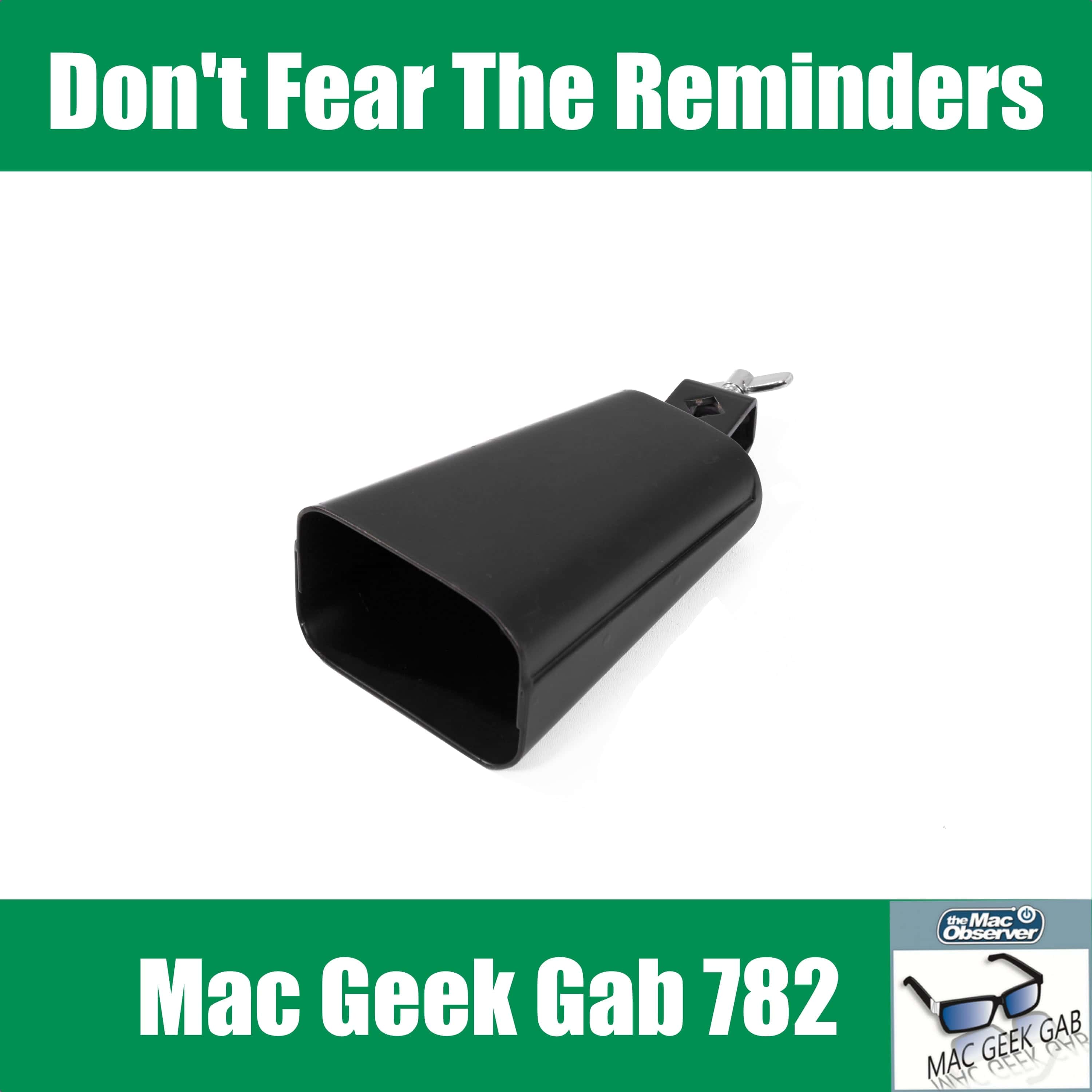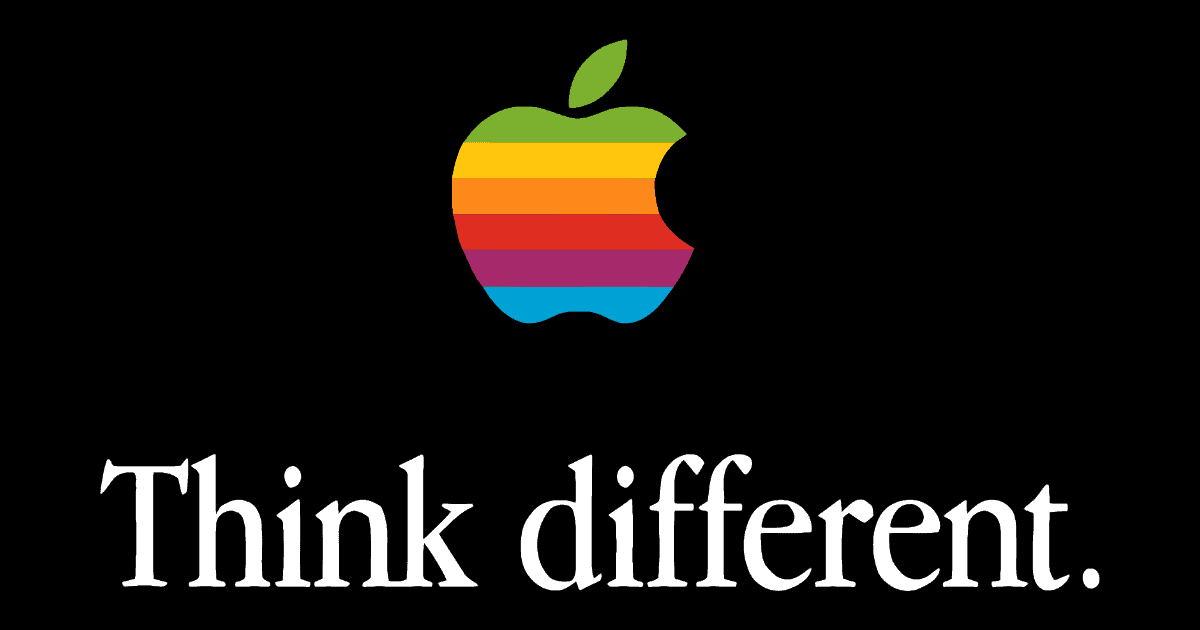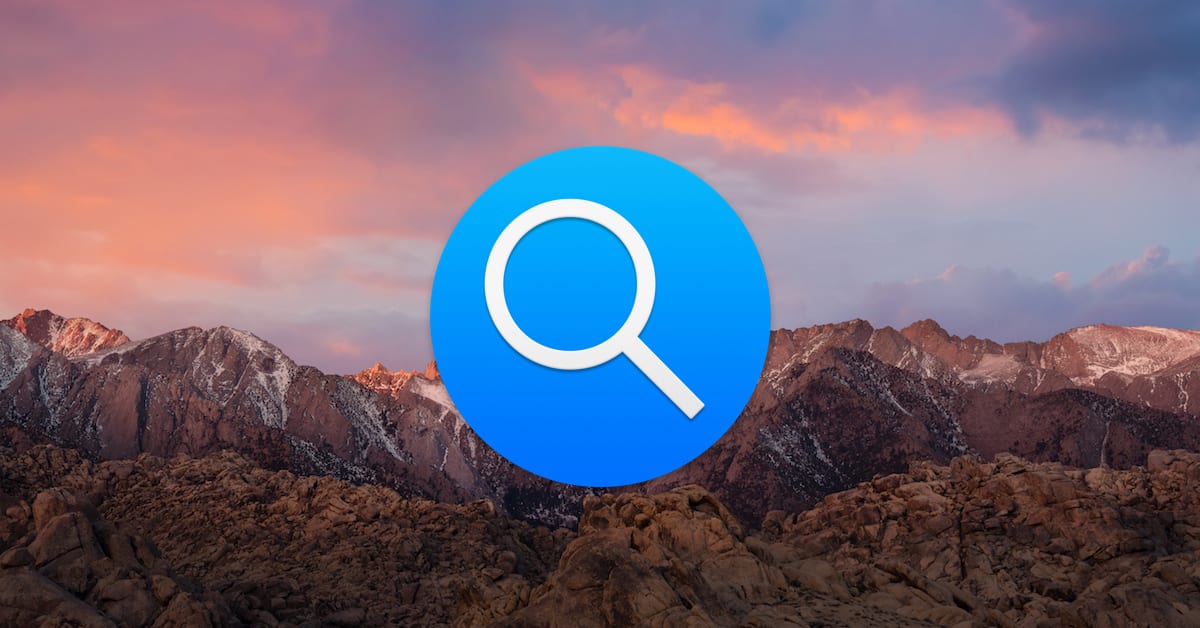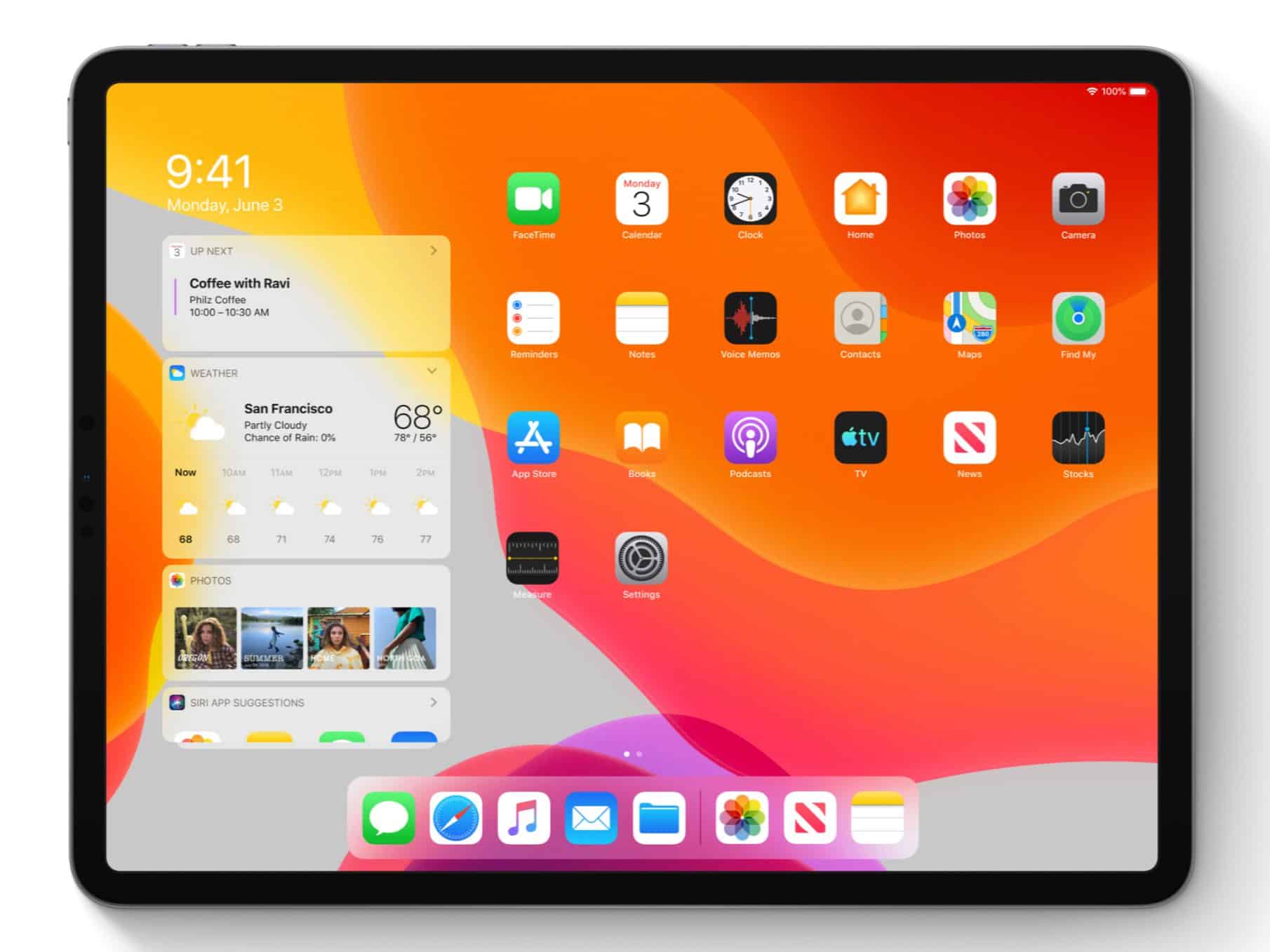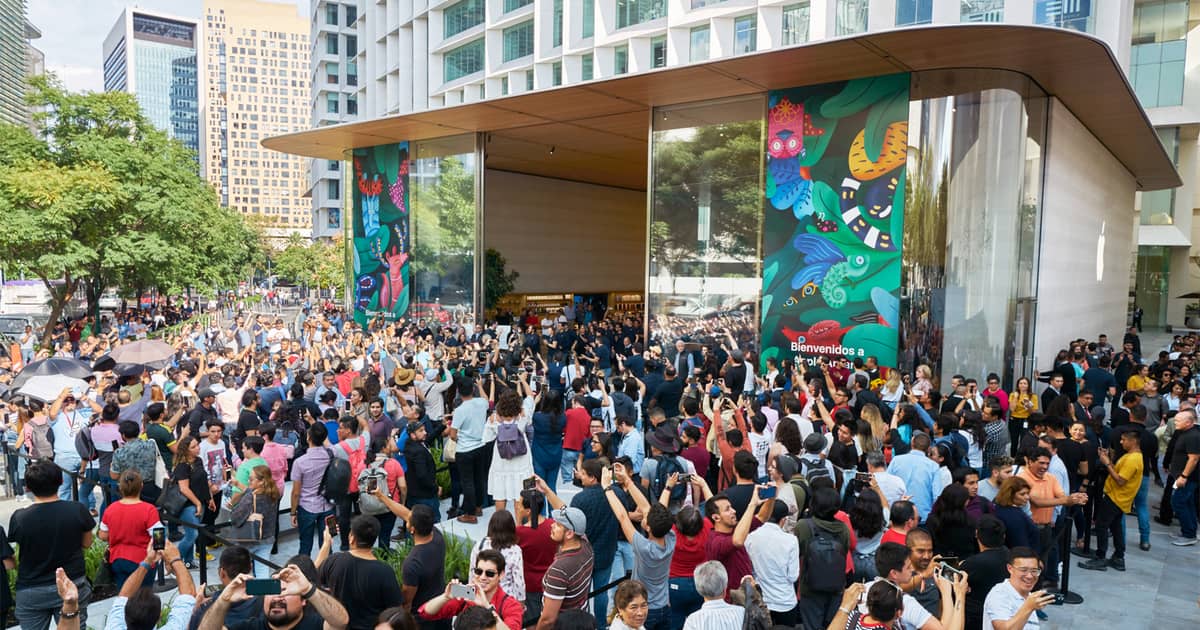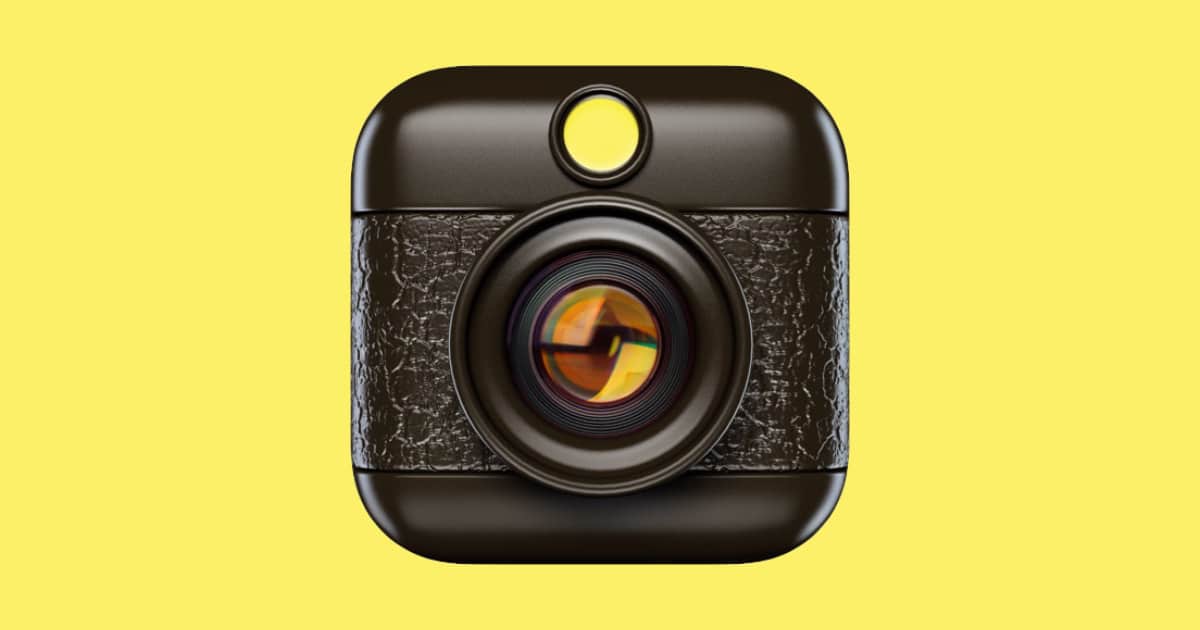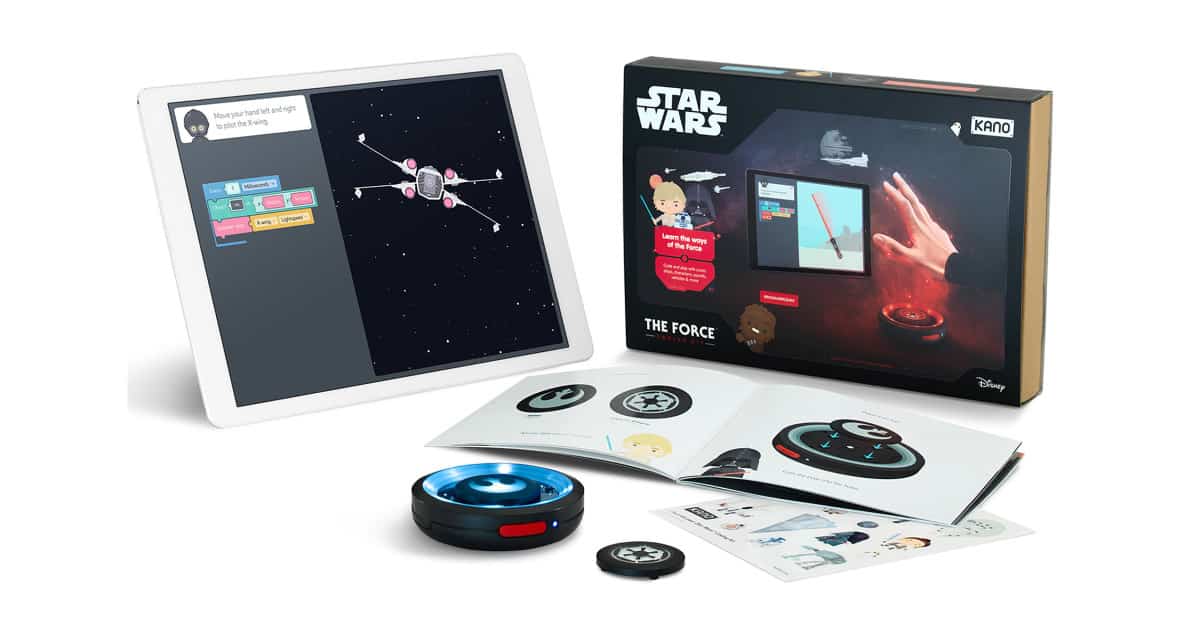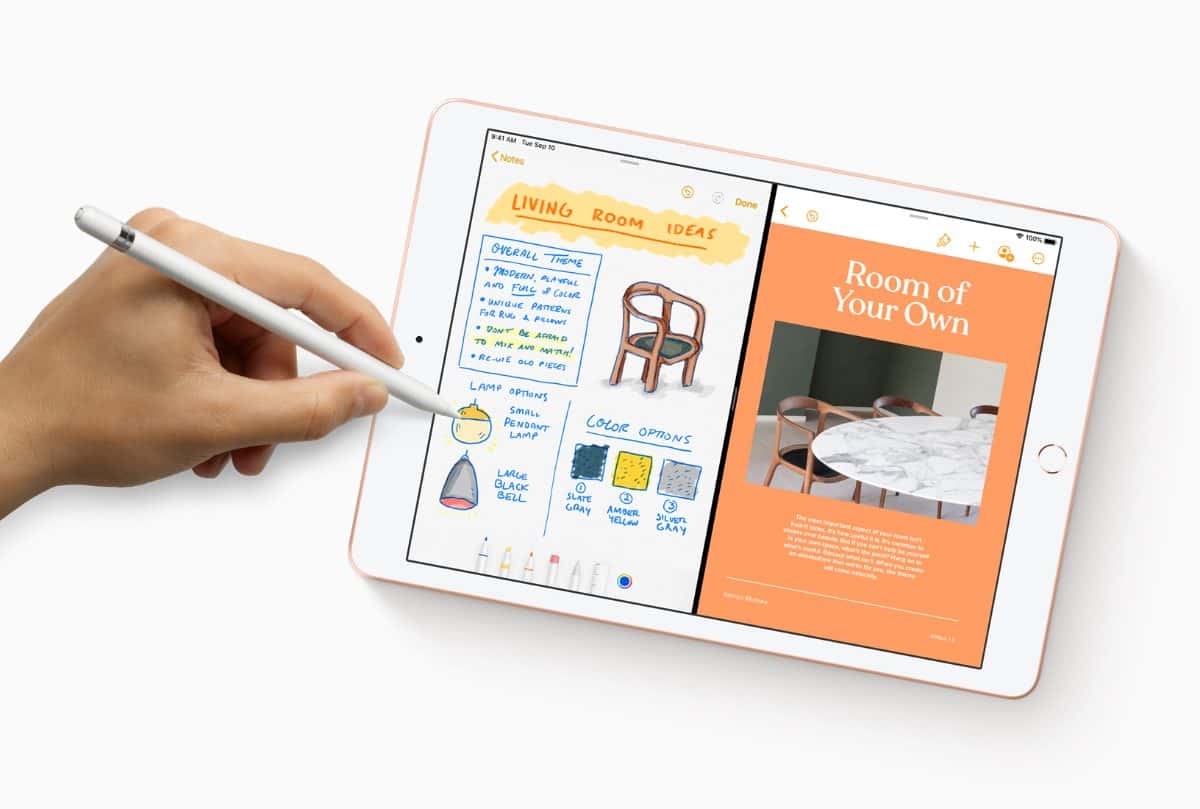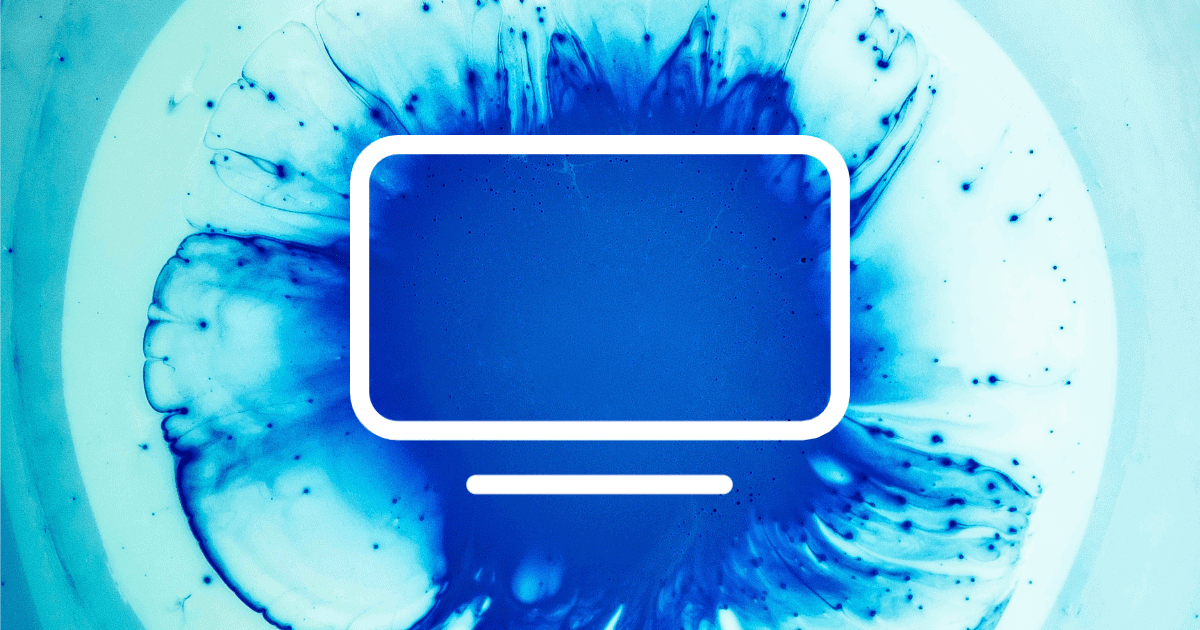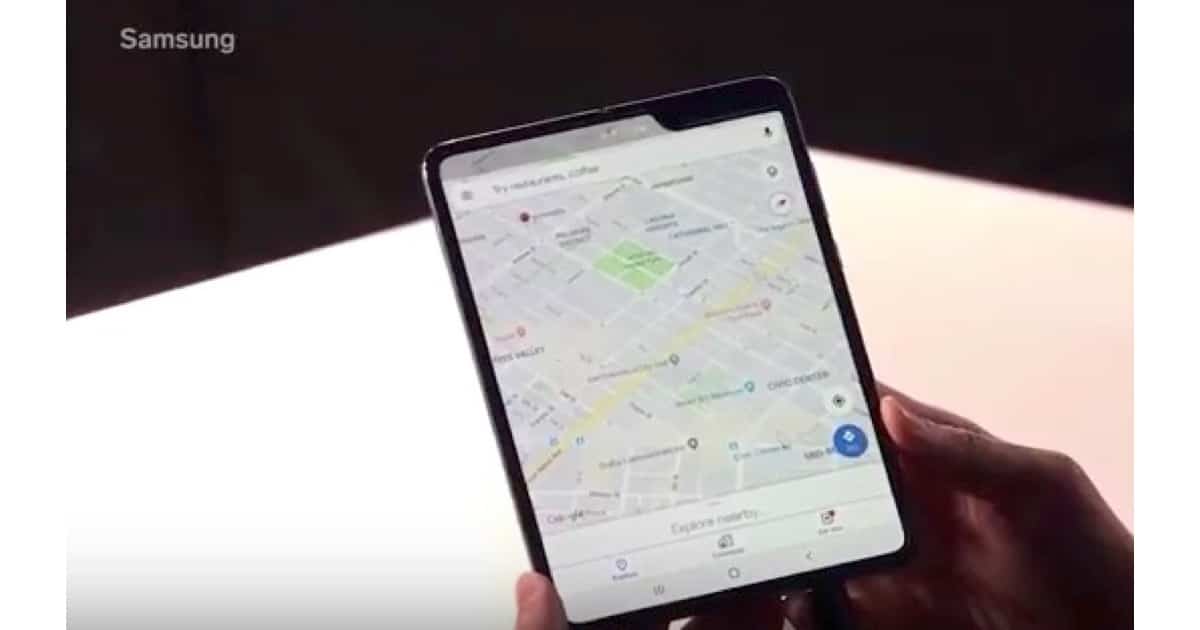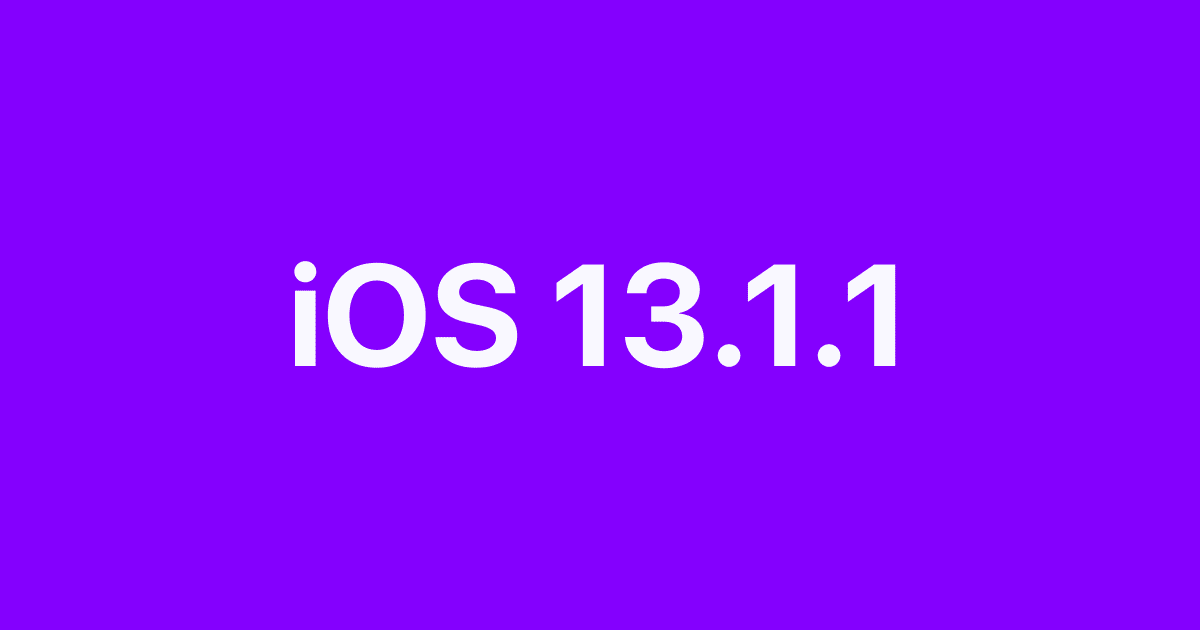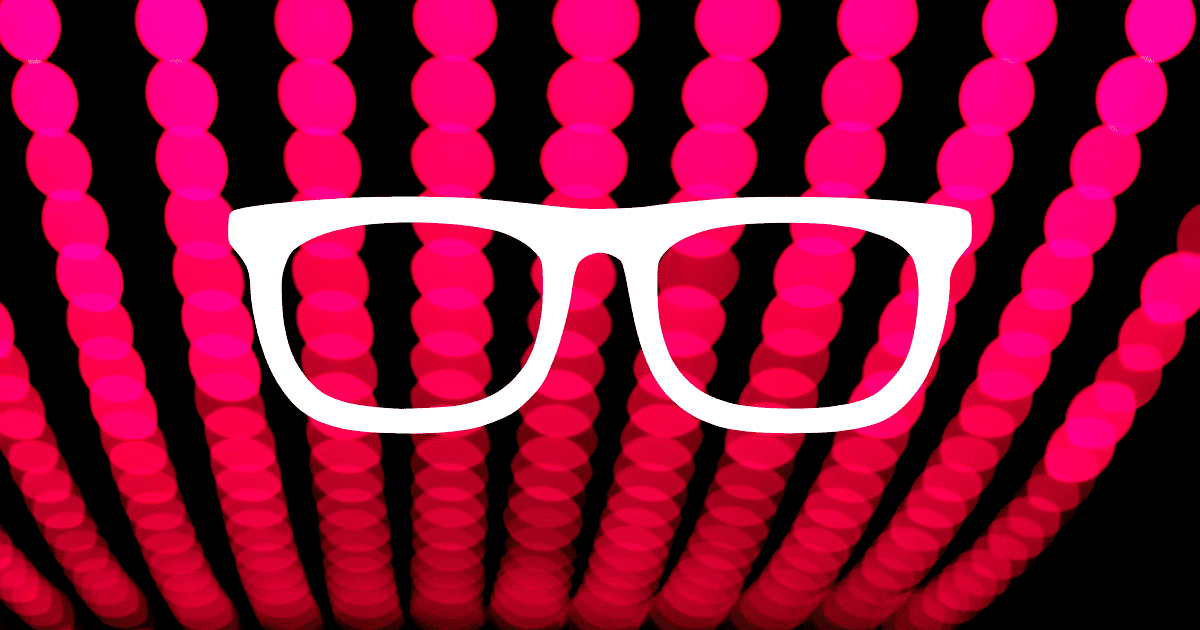Dave Hamilton and Andrew Orr join host Kelly Guimont to discuss some hints for iMessage in iOS 13, and we start talking Catalina prep.
iOS 13.1.2 Fixes Camera, iCloud Backup, and More
Apple is releasing iOS 13 updates at a furious pace, and the latest to hit devices is iOS 13.1.2 with bug fixes.
Latest Jeff Williams Interview Centers on Heart Health
Apple’s COO Jeff Williams, Kevin Lynch, VP of Technology and Sumbul Desai, VP Health all sat down for an interview about heart health.
Rebuilt Apple Maps Rolls Out for New York City
Apple is rebuilding Apple Maps for the United States to add more details and accuracy, and it just rolled out for users in New York City.
Apple, Amazon, and the Quest for Device Location
This article is a great example of false equivalence. By including both Apple and Amazon and writing about each company’s efforts with location technology, the reader is led to believe that we have to worry about both companies. But of course, that isn’t true. Apple has much better privacy practices, while Amazon barely knows the word.
It could be that with the privacy-focused techlash of recent years, both are treading carefully in the launch stages. Just look at how Amazon’s acquisition of mesh networking company eero was received earlier this year or the widespread interest in Huawei’s level of involvement with 5G networks. Location tracking in particular is currently the focus of much more granular controls in iOS 13 and Android 10 than ever before.
Don't Fear The Reminders – Mac Geek Gab 782
Reminders change things for third-party apps, too, it seems, especially those that rely on CalDAV. Plus, a Quick Tip or two about typing more efficiently never hurt anyone. This, folks, is what Mac Geek Gab is all about. Listen as John and Dave answer your questions and share your tips to ensure everyone learns at least five new things!
Here's to The Crazy Ones - 22 Years on
On September 28, 1997, Apple released the Here’s to the Crazy Ones commercial. 22 years on, Cult of Mac reflected on the iconic spot.
Narrated by actor Richard Dreyfuss, the TV spot starts out with an instantly memorable salute to counterculture ideals. “Here’s to the crazy ones,” Dreyfuss intones. “The misfits, the rebels, the troublemakers — the round pegs in the square holes. The ones who see things differently. Black-and-white images of more than a dozen 20th-century visionaries, from Albert Einstein and Buckminster Fuller to John Lennon and Martin Luther King Jr., flow past as masterful marketing copy praises the power of bold ideas. The spot ends with the powerful (and grammatically questionable) advertising slogan, “Think different.”
Spotlight Search Responds Immediately in iPadOS 13
Daring Fireball’s John Gruber was frustrated at the delay in Spotlight search when using an external keyboard with an iPad. He confirmed Saturday that this issue had been fixed in iPadOS 13.
A little birdie told me this would be fixed in iOS/iPadOS 13. And I’m happy to confirm that — so far at least — Spotlight search with an external keyboard hasn’t missed a keystroke for me yet. There actually are bug fixes in iOS 13, too.
Ming-Chi Kuo Says Mini-LED Displays Coming to iPad and MacBooks
On Sunday, analyst Ming-Chi Kuo reiterated his view that sometime between late 2020 and mid-2021 high-end iPad and MacBooks with Mini-LED displays will land. MacRumors took a look at the anaylt’s latest note.
LG Display will supply the Mini-LED display panels, while other Mini-LED component suppliers will include Epistar, Zhen Ding, Radiant Opto-Electronics, Nichia, Avary Holding, and TSMT, according to Kuo. Kuo believes the Mini-LED displays will allow for thinner and lighter product designs, while also offering good wide color gamut performance, high contrast and HDR, and local dimming, which dims the backlight behind areas of the screen that are displaying black while keeping the bright parts of the screen bright.
Checkm8 iPhone Exploit Developer Explains Why It Matters
In an interview, its developer, of the Checkm8 exploit, known as axi0mX, confirmed some details and explained why it is significant.
Snoopy in Space And Other Kids Shows Arriving on Apple TV+
Apple released new trailers for the Snoopy in Space and other children’s shows that will arrive on Apple TV+ on November 1.
Apple Store Antara in Mexico City Opens
Apple opened its latest retail location, Apple Store Antara, in the Polanco district of Mexico City on Friday.
Hipstamatic Has a New App Called Hipstamatic X
To celebrate its 10th anniversary Hipstamatic will release a new app this Tuesday called Hipstamatic X.
The anniversary app will bring some of the simple, original analog charm of the first app as well as a stable of old-school cameras, from Pinhole to Tintype. It will also include a new Eazy Camera, which uses machine learning to automatically apply an appropriate filter. The app is currently available through TestFlight until Tuesday, when it is released for download on the App Store.
I look forward to downloading it. Before I became a VSCO girl I was a Hipsta boy.
Disney and Kano Partner for Star Wars Motion Sensor Kit
Disney has partnered with Kano, a company that makes coding kits for kids, on a new Star Wars motion sensor kit.
The Bluetooth-enabled motion sensor includes a circular case, printed circuit board with nine LEDs, and two tops that contain Rebel Alliance and Galactic Empire iconography. Once assembled, it can be used to control lightsabers, Porgs and other Star Wars paraphernalia in a companion app that’s compatible with Windows 10 PCs, Macs, iPads and Amazon Fire HD 10 tablets.
Apple Hires David Smoley From AstraZeneca
Apple has hired David Smoley, former CIO from pharmaceutical company AstraZeneca. He will report to Apple’s CIO so it doesn’t sound like this is a health-related hire.
Smoley is known for his early embrace of cloud computing. He has also served as the CIO of Flex Inc. and as an executive at Honeywell International Inc. and General Electric Co., according to his LinkedIn profile.
Apple Films in Theaters, iPhone Adoration – TMO Daily Observations 2019-09-27
Charlotte Henry and Andrew Orr join host Kelly Guimont to discuss a security PSA, Apple content in theaters, and Charlotte’s iOS conversion.
iPad 7 Teardown Show Little Change
iFixit posted its teardown of the iPad 7. It found very little to differentiate if from its predecessor.
Well there you have it, the
10.2″ iPad 6iPad 7 laid out after facing the business end of a teardown. This turned out to be a pretty light refresh! Just a size increase, the addition of a Smart Connector, and an extra GB of RAM. The display and digitizer still aren’t fused together, despite the addition of Pro-like features, which is something we’re very happy to see survive. Non-laminated, separately replaceable cover glass and LCD makes most screen repairs far less expensive. The LCD is simple to remove once you separate the cover glass/digitizer. As with all iPads, a solid barrier of very strong adhesive hinders all repairs. The Lightning port, a common point of failure, is soldered to the logic board. More adhesive holds nearly everything else in place. Battery and logic board replacements are particularly obnoxious.
Apple Films Will Be Shown in Movie Theaters Before TV+
Apple will reportedly release some of its feature-length movies into theaters weeks before they are available on Apple TV+.
Galaxy Fold is Available For Purchase in U.S.
After a five-month delay, and a lot of mockery, Samsung’s Galaxy Fold is finally available to purchase in the U.S. Techcrunch reports there are still some problems with the device.
Five months after originally planned, the Galaxy Fold goes on sale today in the U.S. The handset has had its share of setbacks, of course. The first round ran into problems from several reviewers for a variety of reasons. And as I outlined yesterday, I ran into my own issues with the reinforced version of the handset. Even in its current version, the Galaxy Fold is a fragile thing. That’s something Samsung has been abundantly cautious about disclosing, through a video pleading to “just use a light touch” and a lot of paperwork that ships with the device. I’ll be giving more thoughts on my time with the product in an upcoming write-up. In the meantime, however, anyone thinking of plunking down the $2,000 (and up) needs to factor that into the equation.
Build Your Website with Wix Premium Unlimited Plan: $39.99
We have a deal on the Wix Premium Unlimited Plan. Wix is a website creation service that allows you to create ad-free sites. It also has tools that let you track, analyze, and optimize your website’s traffic, all with unlimited bandwidth. 1 year of Wix is $39.99 through our deal. There’s also a 1 month option for $4.99 in the same listing.
Apple Releases iOS 13.1.1 With Security and Bug Fixes
Just three days after releasing iOS 13.1, Apple is now pushing iOS 13.1.1 to its devices. It fixes a number of security and bug issues.
What is Happening with Apple's AR Glasses?
There’s a lot of excitement around the iPhone 11, new Apple Watches, iPads and so on. Wired though looked to the future, and how Apple is progressing in developing AR devices.
How Apple gets from phone-tethered smart-glasses to something a fully realized spatial-computing platform—or how long it takes to do so—remains unclear, but elements of the road map are hidden in plain sight. “A lot of the tech they’ve already built and fully deployed is critical to their goal of building a discreet AR HMD platform,” Kuang says. As an example, he points to last week’s announcement that the iPhone 11 models could take photos of pets in Portrait Mode: “That’s a good example of them working in little tweaks that don’t appear to have relevance to AR, but are super-meaningful if you’re a developer. The ability to recognize nonhuman faces significantly expands your ability to build tools and experiences.”
Spotify Getting Siri Support in iOS 13
It looks like Siri support for Spotify is finally on the way in iOS 13, with a new beta revealing the functionality.
